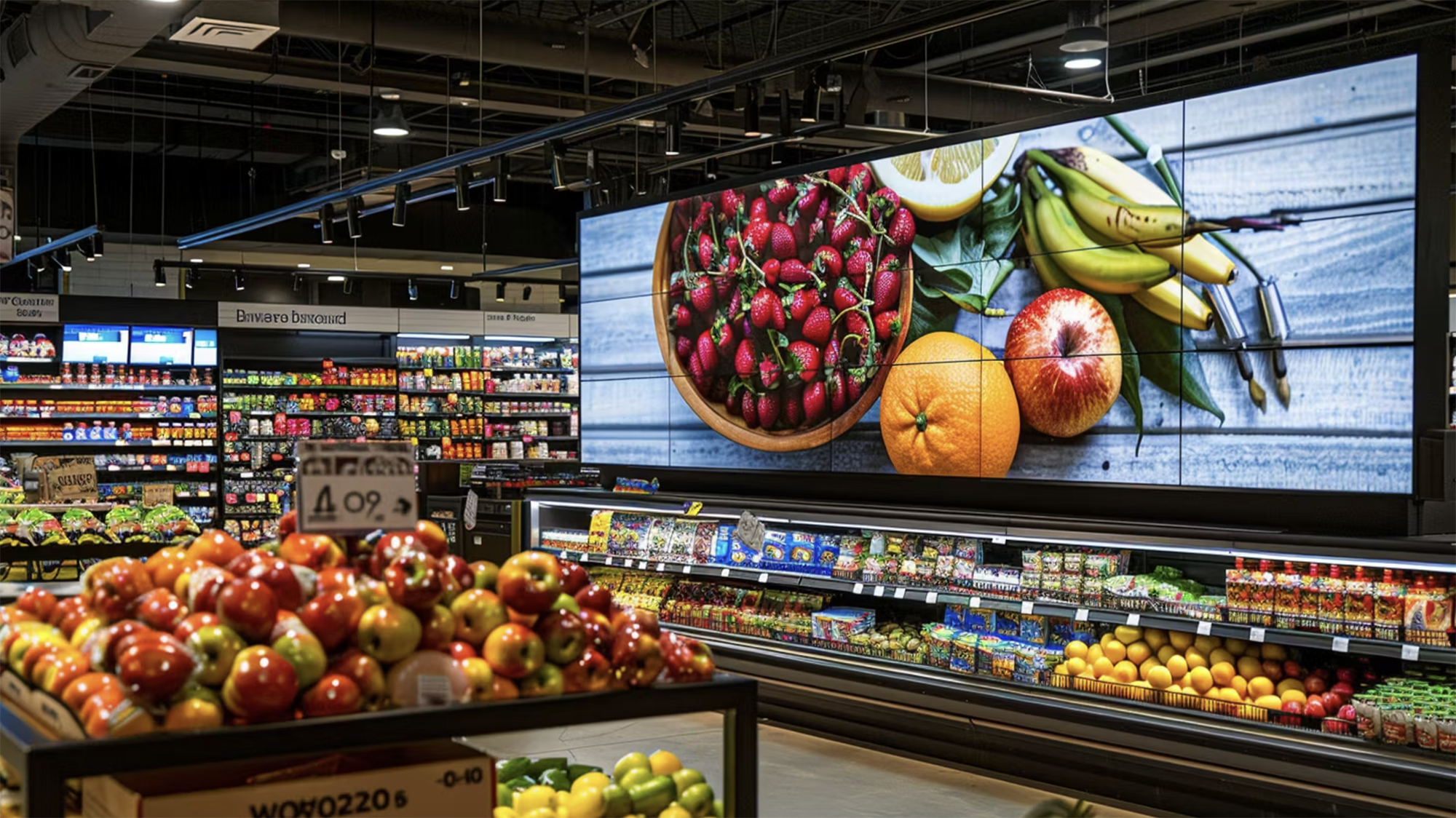6 Challenges Faced by Grocers while Expanding their Micro-Fulfillment Potential

At A Glance
- Digital acceleration is expected to continue even as everything starts to settle down post-pandemic
- Grocers are focusing on acquiring control of their e-commerce distribution networks
- Specialized storage facilities, like Micro-Fulfillment Centers (MFCs), are coming on top as one such investment
- However, like any strategy, MFCs also come with their own set of challenges, which are often overlooked
- This article highlights some of the biggest challenges that grocers face while expanding their micro-fulfillment potential
As the world was hit by the pandemic in 2020, many people began shopping for groceries online, resulting in the online grocery industry experiencing unprecedented growth. This digital acceleration is expected to continue even as everything starts to settle down post-pandemic. Grocers are focusing on acquiring control of their e-commerce distribution networks by spending on their own digital storefronts and developing in-house fulfillment processes as the online grocery business matures.
Specialized storage facilities, like Micro-Fulfillment Centers (MFCs), have risen in popularity over the years, and are considered a significant approach to dealing with the issues posed by the e-commerce channel's expanding demand. Automation can be used by these MFCs to reduce both picking time and fulfillment expenses.
However, let us reflect for a second. Like any strategy, MFCs also come with their own set of challenges, which are often overlooked. Here, we bring some of the biggest challenges that grocery retailers face while expanding their micro-fulfillment potential:
Massive Installation Costs
Costs associated with establishing a micro-fulfillment center (MFC) can quickly add up. According to the Nearby Engineers, as per Marc Wulfraat, President and Founder of MWPVL International, a 12,000 sqft MFC typically cost $5 million but this might vary based on site conditions. Takeoff Technologies Inc. COO Laura Scott quoted a comparable number of $3 million for a 10,000 sqft MFC. Hence, it becomes essential for retailers to thoroughly evaluate whether these hefty upfront costs will end up meeting their needs down the road.
Fluctuating Consumer Demand
Unpredictable consumer demand is a common actor, rather than a COVID phenomenon. For instance, When consumer order delivery delays exceed industry standards – and scarcity is perceived – customers may avoid purchasing through platforms that do not provide instant resource allocation. Hence, it's likely that businesses find that the customers aren't purchasing as much digitally as they anticipated. On a large scale, backroom and dark-store micro-fulfillment models might not be able to sustain unexpected consumer demand. Retailers cannot afford to risk a supply constraint and a loss of consumer confidence.

Infrastructural Investment Risks
Aside from the high upfront expenses, businesses who decide to invest in MFCs may find that their e-commerce business's trajectory diverges from their expectations, leaving them with expensive infrastructure that doesn't match their demands down the line. As we have already discussed, consumer demands fluctuate, and thus, it becomes increasingly crucial to evaluate the investment risks - be it that the MFCs are more expensive or more inefficient than anticipated.
Rapidly Changing Technology
Another concern is that MFC technology is rapidly evolving, implying that equipment installed today may become obsolete sooner than planned. According to Nano Fulfillment, Typically, a micro-fulfillment system gets entirely deployed in 10-12 months. It is not only an expensive but also a time-consuming investment. Thus, it is not really an ideal scenario to begin work on tech and then scrap it off because the business is evolving rapidly.

Replenishment Challenges
Micro-fulfillment system replenishment is challenging. Unlike the non-grocery eCommerce space where one has several hours or even days to fulfill the orders, the grocery eCommerce world is extremely fast-paced. Thus, the higher the amount handled by grocers’ micro-fulfillment systems, the more difficult replenishment becomes. The key problems for micro-fulfillment replenishment are the speed with which the systems must be replenished, as well as the balance between additional in-store labor and shipping expenses.
Stocking Issues
Non-grocery businesses can fulfill orders from different distribution centers and have them delivered to the consumer's door, together or separately. However, grocery stores face a unique challenge: they must fulfill orders in their entirety from a single location. These orders can include a large number of products. This becomes challenging since MFCs are designed to handle only a portion of the things that a typical store could carry. As a result, the staff is frequently required to personally retrieve less-popular products that MFC does not stock when consumers request them to ensure continued customer satisfaction.
Micro-fulfillment, with its decentralized fulfillment strategy, is without a doubt the finest technique for capitalizing on today's booming eCommerce market. However, it is crucial to find a solution to the aforementioned challenges to pave a way ahead that proves fruitful for both the retailers and the customers.


.png)





.png)


